An education system that divides the nation
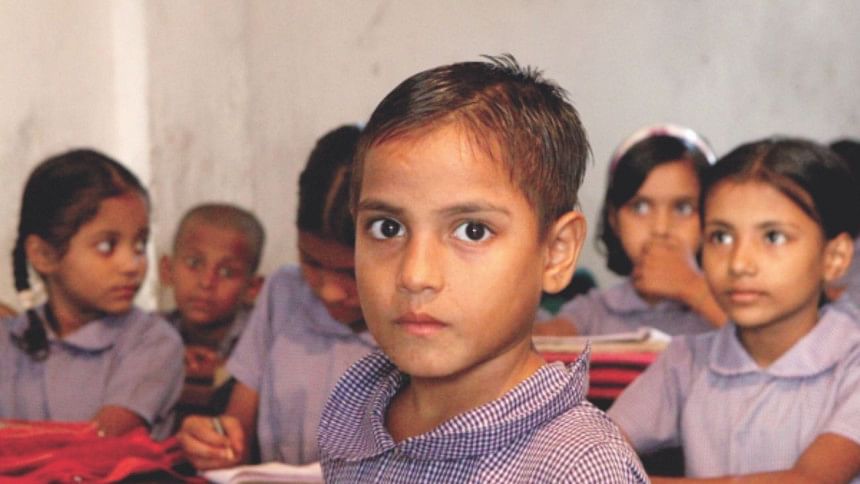
Our vision and aspiration as a nation is expressed in Vision 2021, marking 50 years of independent Bangladesh, and objectives set for 2041, when Bangladesh aims to become a developed nation. The Global Sustainable Development Goals (2030 Agenda), which Bangladesh has endorsed, provides interim benchmarks of development that have to be reached. All of these milestones for national development highlight the central role of the education system in the transformation that we want to achieve. But can the education system play its role and help fulfil such a lofty mission?
A major concern not discussed much—people responsible for policy-making like to shove the problem under the rug—is the divisive nature of the education system. Three major parallel streams of education divide the nation, entrench social and economic disparities, and stand in the way of building a modern and prosperous nation.
Our present structure of schools has evolved since the colonial period, and had become well-entrenched by the beginning of this century. The mainstream public school system enrols the majority of Bangladeshi school-going students. A madrasa system, a part of it with government support and an independent stream, serves a substantial minority of students. A small elite section of society send their children to the English-medium proprietary schools.
The result is that our education system divides the nation. It pulls students in three directions. It is unfair and discriminatory in various ways.
One aspect of unfairness is the low quality of schools for the great majority of children. This majority includes madrasa students (both in Alia and Qawmi madrasas), most students in mainstream government schools and in government-assisted Bangla schools (excepting an elite enclave of special institutions such as the cadet colleges and the highly selective private Bangla schools). It also includes students in the mushrooming of low-quality commercial English-medium kindergartens.
Another aspect is that the three major streams prevent our building a common foundation of knowledge, shared experience and values among the young people. Children study and live in different worlds. The opportunities and life prospects disproportionately favour children attending the better English-medium schools and the elite enclave of Bangla-medium schools. Schools cannot resolve all social divisions, but good schools with a shared curriculum can help minimise them. At present, we are reinforcing our divisions inter-generationally.
At the primary level, about 85 percent of students are in the mainstream Bangla-medium schools. The rest are evenly divided between madrasas and private kindergartens (which claim to be English-medium). At the secondary level, about two-thirds of all enrolled students are in Bangla-medium schools; some 30 percent are in Alia (government supported) and Qawmi madrasas, and around 5 percent in English schools. While nearly 95 percent of children aged 6 to 11 are enrolled in primary schools, not all complete this stage, and only about 70 percent of the secondary school age group are in school or madrasa. (These numbers are estimates, because statistics are not dependable and up-to-date.)
After independence, the first education policy report was that of the Qudrat-e-Khuda Commission, in 1974. It envisioned a unified education system with a common core curriculum in a Bangla-medium public system. English-medium private schools and madrasas would be exceptions. Madrasa education, with a small number of institutions at that time, was seen—following a common primary school—as a vocational stream to prepare people for religion-related occupations, rather than a parallel system from preschool to university.
The Qudrat-e-Khuda Commission report was ignored by the military rulers. Madrasas—both Alia and Qawmi—grew rapidly in the 1980s as did the proprietary English-medium schools. Both enjoyed active government patronage and encouragement. Post-1990 democratic governments, both the BNP-led and the Awami League-led coalitions, found it difficult or had no appetite to try reversing the trend.
The 2010 National Education Policy gave lip service to the goal of the Qudrat-e-Khuda Commission of a unified public education system with equity and excellence. It did not lay out any guideline for the major structural reform in the system required to undo the entrenched three-way division. Such a reversal would require major steps in financing, governance, curriculum development, teacher preparation and recruitment and student assessment in the school system.
The three major streams clearly parallel the larger divisions in society. The elite representing business, higher bureaucracy, and the higher echelons of the armed forces patronise the private English-medium schools. The middle and lower-middle mainstream of society send their children to government or government-supported Bangla-medium schools. The poor enrol their children in the Alia or Qawmi madrasas for reasons of affordability and/or from a religious motivation.
This structure of schools has suited the political and economic elite, and consequently, there has been little interest among the elite in rocking the boat.
Is this what we want in the modern middle-income and progressive nation which we aspire? If not, we need profound changes to our school system, not just an expansion with some tinkering.
As the country prepares for the parliamentary election later this year and political parties announce their manifestos, the focus should be on making the education system a unifying force and the vehicle for achieving the development aspirations should receive greater attention. In the past, we have witnessed a rhetorical flourish with follow-up that fell seriously short. Can it be different this time?
The questions raised are difficult and complex. Political slogans and populist pledges will not lead to a solution as they have not so far. A responsible role of the political leadership of the major parties would be to recognise the problem, commit themselves to facilitate public dialogue and consensus building about the nature of the problem and approaches to the solution, and pursue follow-up steps in good faith, shunning partisan and short-term political gains.
Manzoor Ahmed is professor emeritus at BRAC University.
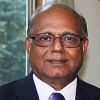



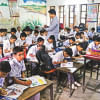
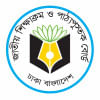
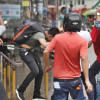


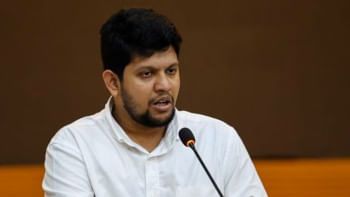
Comments